Support material testing and equipment testing
Focus on R & D and manufacturer of plasma cleaning machine for 20 years

New O2CF4 plasma treatment technology for cleaning the drilling stains of rigid-flex printed circuit boards:
De-drilling and etchback are important steps before the rigid-flex printed circuit board CNC drilling, electroless copper plating or direct copper electroplating. In order to realize the reliable electrical interconnection of the rigid-flex printed circuit board, the rigid-flex printed circuit board must be combined with rigid-flex printed circuit board. The special material composition of the circuit board, according to the main materials of the rigid-flex printed circuit board, polyimide and acrylic are not resistant to strong alkalis, select the appropriate de-drilling and etchback process. The new type of rigid-flex printed circuit board de-drilling pollution and etchback technology can be divided into two technologies: wet technology and dry technology. The following two technologies will be discussed with you.
The wet de-drilling and etchback process of rigid-flex printed circuit boards includes the following three steps:
1. Leavening agent (also known as expanding agent). Use alcohol ether leavening liquid to soften the pore wall substrate and destroy the polymer structure, thereby increasing the oxidizable surface area and making it easy to oxidize. Usually, butyl carbitol is used to soften the pore wall substrate.
Second, oxidation. At present, there are three methods commonly used in China to clean the hole wall and adjust the charge of the hole wall.
(1) Concentrated sulfuric acid method: Because concentrated sulfuric acid has strong oxidizing and water absorption properties, it can carbonize most resins to form soluble alkyl sulfonates. Therefore, the removal reaction formula of this method is as follows: CmH2nOn+H2SO4-- The fouling effect of mC+nH2O on pore wall resin is related to the concentration of concentrated sulfuric acid, treatment time and solution temperature.
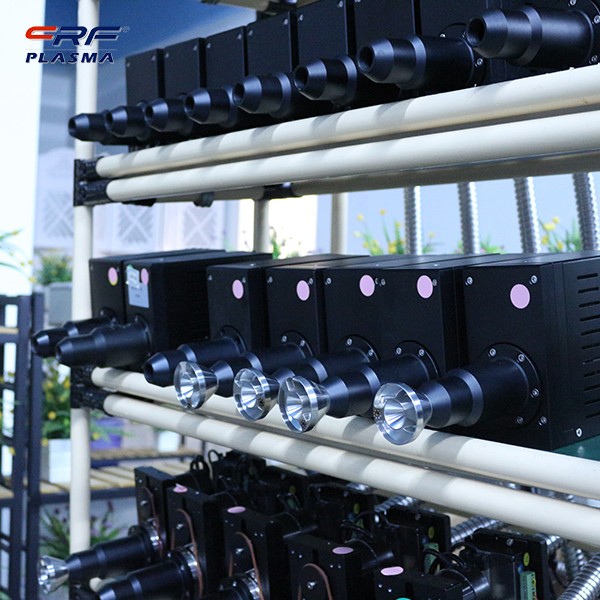
The concentration of concentrated sulfuric acid in the drilling fluid should not be less than 86%, and at room temperature for 20-40 seconds, if etchback occurs, the temperature of the solution should be appropriately increased to extend the processing time. Concentrated sulphate is only effective for resin, not glass fiber. After etched hole wall with concentrated sulfuric acid, the glass fiber head will protrude on the hole wall, which needs to be treated with fluoride (such as ammonium bifluoride or hydrofluoric acid). To treat the protruding glass fiber head with fluorine, the process conditions should also be controlled to prevent the wicking effect caused by the over-corrosion of the glass fiber.
In this way, the punched rigid-flex printed circuit board is decontaminated and etched, and then the hole is metalized. Through metallographic analysis, it is found that the adhesion between the copper layer and the hole wall is low, so When using metallographic analysis to conduct a thermal stress test, it was found that the adhesion between the copper layer and the hole wall was low, which caused the copper layer to separate from the hole wall.
In addition, hydrofluoric acid or hydrogen fluoride is very toxic, and wastewater treatment is also difficult. The more important thing is that polyimide is inert in concentrated sulfuric acid, so this method is not suitable for decontamination and dent removal of rigid-flex printed circuit boards.
(2) The acceleration of the electromagnetic field makes the O and F particles become highly reactive plasma particles, which collide to generate highly reactive oxygen radicals, fluorine free radicals, etc., and react with the polymer.
[C、H、O、N]+[O+OF+CF3+CO+F+…] CO2+HF+H2O+NO2+……
The role of plasma and glass fiber is:
SiO2+[O+OF+CF3+CO+F+…]SiF4+CO2+CaL
At this time, the plasma treatment of the rigid-flex printed circuit board has been realized, and the impurities on it can be removed.
The carbonylation reaction occurs in the atomic state O with C-H and C=C, and polar groups are added to the bonds of the macromolecules to improve the hydrophilicity of the surface of the macromolecules.
Rigid-flex printed circuit boards treated with O2+CF4 plasma and then treated with O2 plasma can not only improve the wettability (hydrophilicity) of the hole wall, but also eliminate the reaction. Final deposits and intermediate products of incomplete reactions. The Rigid-flex printed circuit board is treated with plasma method to remove dirt and concave, and the metallographic analysis and thermal stress test after direct electroplating are carried out. The results are in full compliance with the GJB962A-32 standard. Regardless of whether the dry method or the wet method is used, if an appropriate treatment method is selected for the characteristics of the main material of the system, the purpose of removing the drilling dirt and etchback of the rigid-flex interconnection motherboard can be achieved.
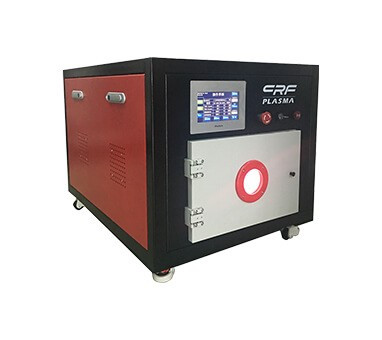
CRF-VPO-4L-S
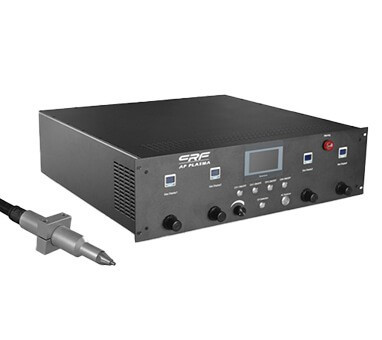
CRF -APO-IP-XXHD-DXX
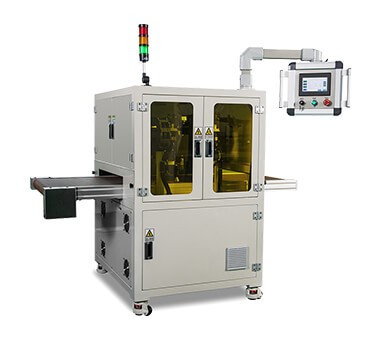
CRF-APO-500W-C
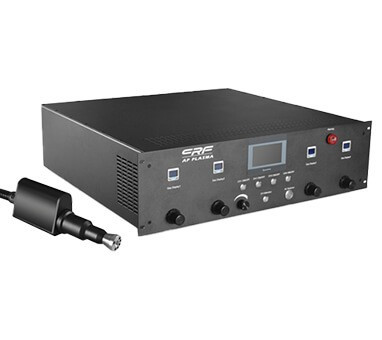
CRF-APO-IP-XXHD-RXX
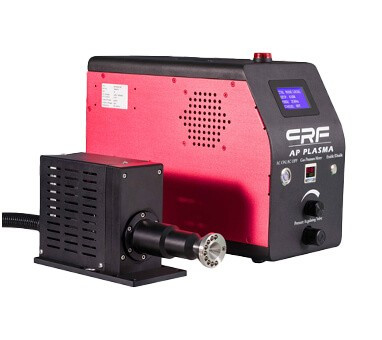
CRF-APO-RP1020-D
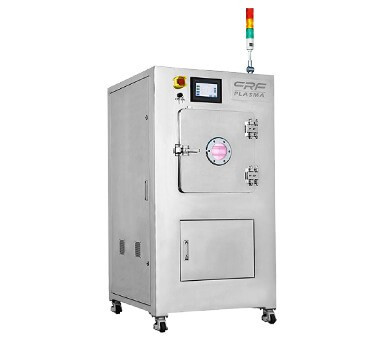
CRF-VPO-8L-M
Plasma surface treatment Plasma activation cleaning application and effect detection
more >Socket mobile phone panel plasma cleaning machine surface activation cleaning treatment
more >New O2CF4 plasma treatment technology for cleaning the drilling stains of rigid-flex printed circuit boards
more >Photocatalytic material composed of plasma noble metal nanoparticles and semiconductor materials
more >Semiconductor pcb plasma cleaning equipment can be used for various appearance PCB circuit board application processing
more >Design and research of high frequency and high voltage plasma generator
more >